Looking Back At ‘Alone in the Dark’ From First to Worst

It’s no exaggeration to say that Alone in the Dark, initially created by game designer and programmer Frédérick Raynal, is one of the most influential horror series ever. Following its groundbreaking release in 1992, Alone in the Dark has inspired countless titles within the horror genre. It may not be as well-known in the present as properties that have seen more recent revivals like Resident Evil or Silent Hill – but for those who aren’t as familiar, Alone in the Dark not only influenced those mainstream staples but also helped establish the creation of the survival horror genre as a whole.
Despite its strong start in the early 90s, Alone in the Dark is a series whose legacy has sadly been marred by several sub-par sequels and spin-offs, to the point where it’s been a good long while since a new Alone in the Dark title made an appearance—with 2015’s poorly received Alone in the Dark: Illumination contributing (at least in part) to a near 10-year pause on the series. Over 30 years later, the ‘92 original can feel somewhat dated to those returning for a dose of spooky nostalgia. In contrast, more recent entries still feel like they fall short of the heights of their predecessors despite being more modern in gameplay and presentation.
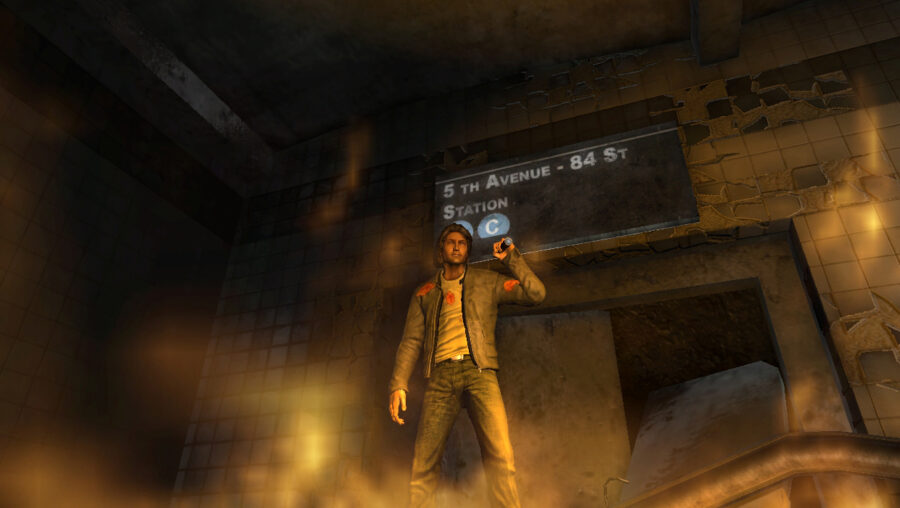
It’s no surprise, then, that getting new generations of survival horror fans into Alone in the Dark can be something of a challenge. Fortunately, Alone in the Dark is poised to reemerge from the darkness once more through Pieces Interactive and THQ Nordic’s newest effort, titled—you guessed it—Alone in the Dark. Rather than continue where the series left off or copy/paste the ‘92 original in the form of a remake or remaster, 2024’s Alone in the Dark aims to offer a unique reimagining. One that’ll feel familiar thanks to the return of its two original protagonists, Edward Carnby and Emily Hartwood, and the inclusion of characters like Grace Saunders. It also offers a novel experience for fans who’ve seen it all when it comes to Alone in the Dark.
It’s a great time to hype yourself up for the March 20 release of this reimagined step in the right direction (hopefully) for Alone in the Dark. To that end, it’s worth looking back at the series’ history, not only to see how it has evolved over the years but also to see which games are worth revisiting and which games are best left to collect dust alone… in the dark.
1. Alone in the Dark (1992)
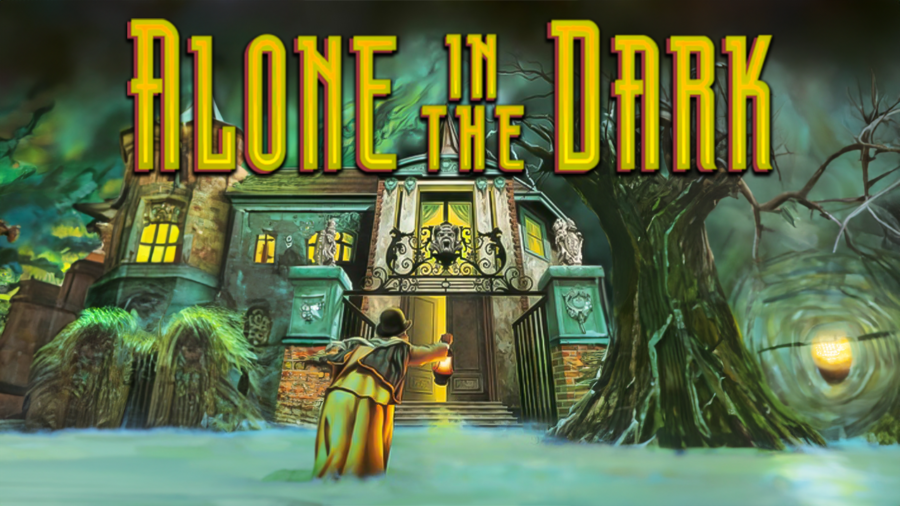
It’d be wrong to rank anything other than the game that kickstarted the entire series as its best entry. Not only because 1992’s Alone in the Dark was the first to captivate players with its fascinating story and dark atmosphere but because Alone in the Dark was a truly groundbreaking title for its time. Designed by French video game designer and programmer Frédérick Raynal, Alone in the Dark was first published in 1992 by Infogrames for MS-DOS before later seeing additional releases to platforms like 3DO, PC-98, and MacOS.
Despite each platform’s limitations, Alone in the Dark found widespread success thanks in part to its pioneering use of 3D polygon characters. This was seen as a technical marvel at the time as it was complicated to execute on these to the point where Infogrames’ Didier Chanfray, with input and guidance from Frédérick Raynal, had to craft their own 3D animation engine to help bring these polygonal characters to life. Further complementing its innovative character design were captivating 2D pre-rendered backgrounds skillfully designed by artists like Yaël Barroz.
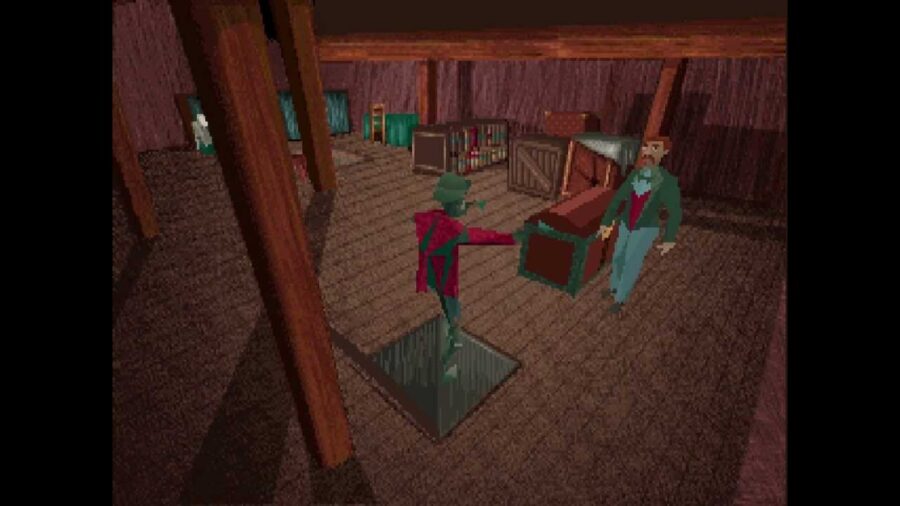
Set in 1920s Louisiana, the story was heavily inspired by the eldritch works of H.P. Lovecraft. This can be seen throughout the game with nods to Lovecraft’s Cthulhu Mythos, including Necronomicon and De Vermis Mysteriis references in the game’s Grimoires, to Edward Carnby’s name, which pays homage to Mythos character John Carnby. Lovecraft wasn’t the game’s only influence, though, as Raynal also took inspiration from the works of directors like Dario Argento and George Romero.
The end result was a tense amalgamation of horror styles packed with numerous novel gameplay experiences for good measure. For example, players could die through simple tasks like opening the wrong door or reading the wrong book. Few games in the Alone in the Dark series have captured the tension featured in the ‘92 original, which is a shame, given how memorable and impactful the experience was. It’s also a shame that due to various disagreements with the team, Raynal, who was one of the biggest influences on Alone in the Dark’s creation, left Infogrames before the release of the 1994 sequel, Alone in the Dark 2.
2. Alone in the Dark: The New Nightmare (2001)
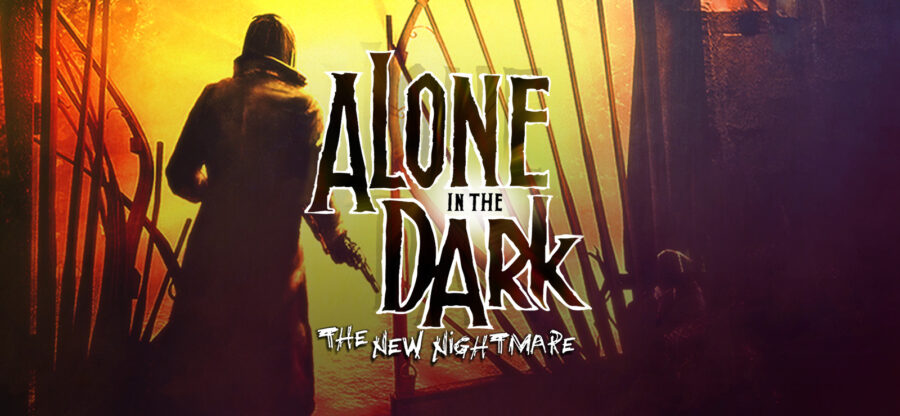
Strip the name away, and Alone in the Dark: The New Nightmare is effectively Alone in the Dark 4. Though, as its name suggests, New Nightmare doesn’t continue the narrative present in the first three games. Rather, it deviates to focus elsewhere in new, intriguing ways. In doing so, New Nightmare does a lot to return the series back to its horror roots following the deviations seen in Alone in the Dark 2 and 3. One reason for this is instead of being developed by Infogrames as the previous games were, New Nightmare was developed by the team at Darkworks with publishing support from Infogrames.
Compared to the first three games, New Nightmare presented a more noticeable leap forward for the series in terms of modernization, particularly given how it was developed with console platforms like PlayStation and Dreamcast in mind. Technically, New Nightmare could be considered the first real reboot in the series and one of the better ones.
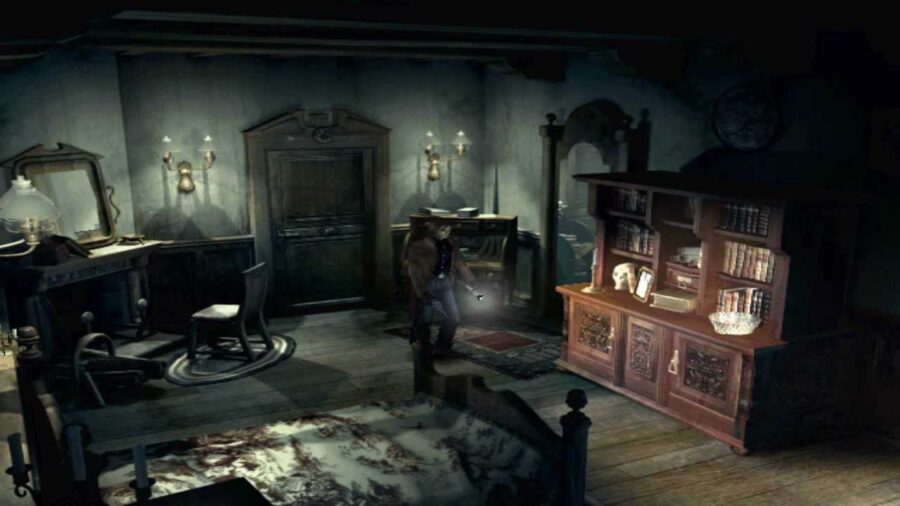
Likely inspiring horror titles like 2010’s Alan Wake to some degree, New Nightmare utilizes light creatively, with enemies having an aversion to the player’s flashlight, which can be used to help repel them. The game’s light-producing ammo, such as phosphorus shells and magnesium bullets, also add a nice layer of depth to the game’s combat. As refreshing as these features are, there are still ways in which New Nightmare honors predecessors like the ‘92 original, such as having two protagonists to choose from—Edward Carnby and Aline Cedrac.
Aline may not have the same staying power as Emily Hartwood, but she’s nevertheless an interesting addition who helps further the story. Speaking of which, the story offers more effective horror elements and themes thanks to its aforementioned combat against its sinister Creatures of Darkness than previous titles like Alone in the Dark 2, which was something fans appreciated. Especially fans of the ‘92 original, given how the second and third games sharply experimented away from the horror elements that made the first Alone in the Dark such a standout.
3. Alone in the Dark 3 (1995)
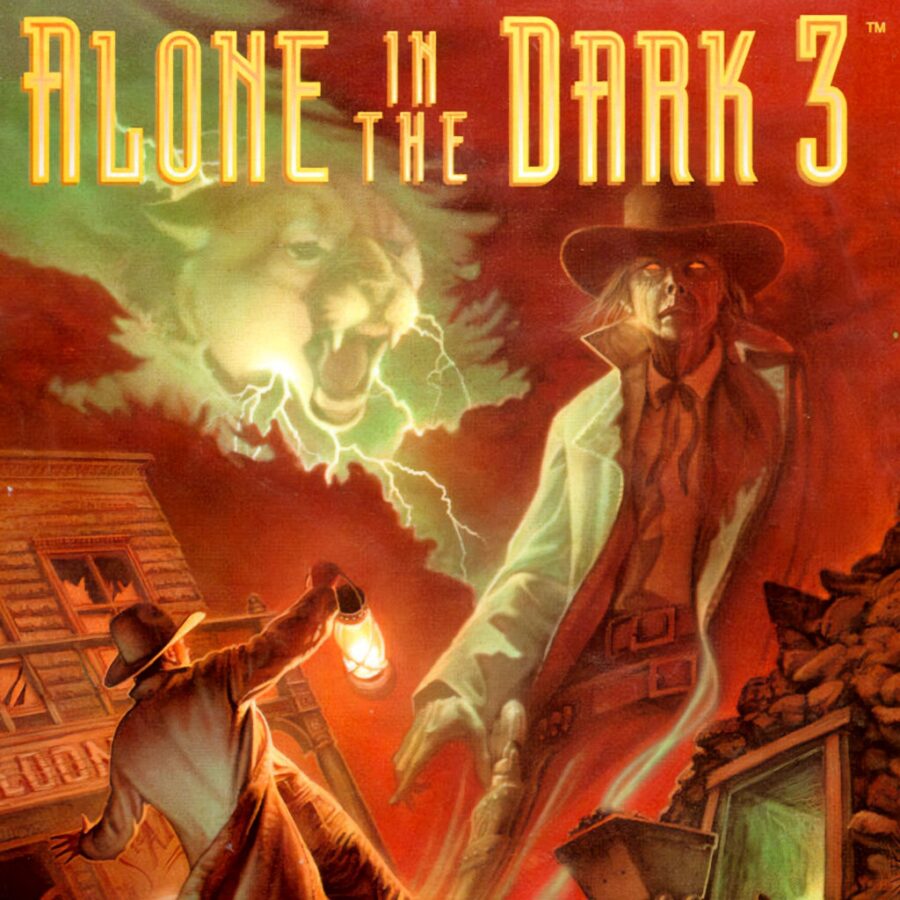
Developed and published by Infogrames Entertainment, Alone in the Dark 3 represented the series’ first departure from floppy disk to CD-ROM format for MS-DOS in 1995 and ported to PC-98, Windows, and Mac OS the following year. This shift in format allowed the game to evolve technically and provide an opportunity for more immersive storytelling. Overall, Alone in the Dark 3 felt like a happy medium between the strength of the first game and the moderately less impressive but still fun follow-up, Alone in the Dark 2.
Alone in the Dark 3 helped merge the 90s Alone in the Dark games into a satisfying trilogy and featured several fun concepts that helped it hold up better than Alone in the Dark 2. For example, the enemies of Alone in the Dark 3 are similar to Alone in the Dark 2 in being less scary than the first title, with its zombie cowboys presenting more of a Wild West theme than one of supernatural horror. However, these grotesque, irradiated zombies (particularly those that pop up towards the end of the game) and creepy locale help make exploration and puzzle-solving feel a bit more tense than the sequel. Ultimately, the third game feels like it falls more in line with the direction of the ‘92 original than the more comedic approach of the ‘94 sequel.
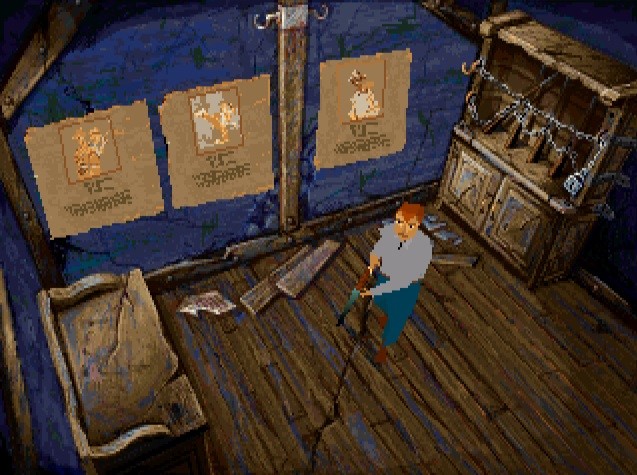
Story-wise, Alone in the Dark 3 is set in 1925, six years after the events of Alone in the Dark 2. It features protagonist Edward Carnby, who’s called upon to investigate the disappearance of a film crew, which includes Emily Hartwood from the first game, within the sinisterly named movie set, Slaughter Gulch. Adding some supernatural elements back into the mix, Slaughter Gulch is haunted by the ghost of its founder and notorious outlaw, Jed Stone. Unraveling the mysteries behind this is something that feels genuinely rewarding, thanks to some solid game writing.
The gameplay of Alone in the Dark 3 is similar to the previous games, combining action, adventure, and puzzle-solving elements, but ultimately feels smoother and more refined. The player controls Carnby from a third-person perspective, using fixed camera angles that change depending on the location. Overall, it’s an enjoyable experience that complements both of its predecessors well to deliver the final piece in one of the best 90s horror trilogies.
4. Alone in the Dark 2 (1994)
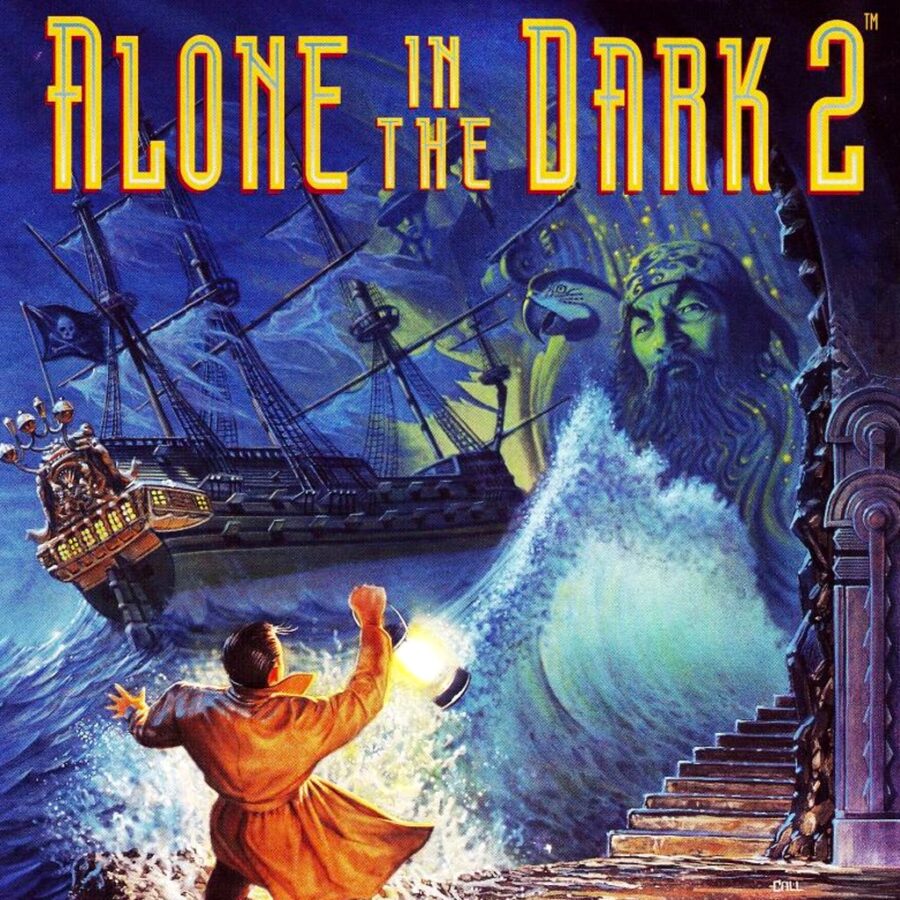
Infogrames swiftly followed the success of Alone in the Dark with a sequel, preceded by a holiday-themed spin-off starring Grace Saunders called Jack in the Dark. Technically speaking, Alone in the Dark 2 offered much of the same features as the ‘92 original, released on MS-DOS before later being ported to PC-98 in 1994, 3DO in 1995, and Sega Saturn and PlayStation in 1996. Aside from its mansion investigation, Alone in the Dark 2 took a notably different approach with its narrative and gameplay focus.
Set in 1924, one year after the events of 92’s Alone in the Dark, the sequel featured fewer horror elements and instead placed a greater focus on combat with pirate and gangster enemies that aren’t as scary as the ghosts and ghouls of 92’s Alone in the Dark. They also feel more confusing than the Western zombies present in Alone in the Dark 3, given the mansion locale in the sequel. Graphics are noticeably improved, so Alone in the Dark 2 received generally favorable reviews from critics. In addition to its solid combat elements, it helped encourage players to be even more present with what’s happening around them.

It also had more voice acting and dialogue and more cinematic cutscenes and animations, which buoyed the narrative even further. Unfortunately, these also caused some annoying technical issues, including bugs, crashes, and long loading times. With its confusing approach and a mixed bag of good and bad as far as features go, Alone in the Dark 2 hasn’t held up nearly as well over the years, especially when compared to aforementioned titles like Alone in the Dark 3 and Alone in the Dark: The New Nightmare.
It still feels like a core Alone in the Dark game thanks to its focus on Edward Carnby and some light stealth gameplay via Grace Saunders that tie in with the survival horror concept of its predecessor, but ultimately, Alone in the Dark 2 pivots too hard away from horror and the supernatural. The result is a game that feels like a minor step forward for the series compared to other entries, hence its relatively lower placement on this list.
5. Jack in the Dark (1993)

Jack in the Dark wasn’t a full-fledged Alone in the Dark title per se but rather a short, promotional teaser developed and published by Infogrames for Alone in the Dark 2, which released a few months after Jack in the Dark. Originally released on floppy disk with a stylish Jack-in-the-box illustration, Jack in the Dark later came packaged with the CD releases of Alone in the Dark and Alone in the Dark 2.
Jack in the Dark marked the series’ first introduction to Grace Saunders, who gets locked inside a toy store on Halloween night and must avoid the toys that have sprung to life and rescue Santa Claus from a villainous Jack-in-the-Box. The spin-off pivoted away from combat and exploration, focusing solely on puzzle-solving with little to no horror.
Gameplay-wise, players guide Grace through the store from a third-person perspective, using fixed camera angles that change depending on the location. Players can interact with the environment, collect items, and use them to solve puzzles. In essence, it’s a cute, inherently limited game experience that briefly introduces Grace and, to an extent, Alone in the Dark 2, and… that’s pretty much it. It doesn’t further the plot of the series despite its introduction to Grace, and gameplay-wise, it isn’t all that interesting either. It shouldn’t take you more than an hour to beat it, and once you’ve beaten it, Jack in the Dark also suffers from having little to no replay value.
6. Alone in the Dark (2008)
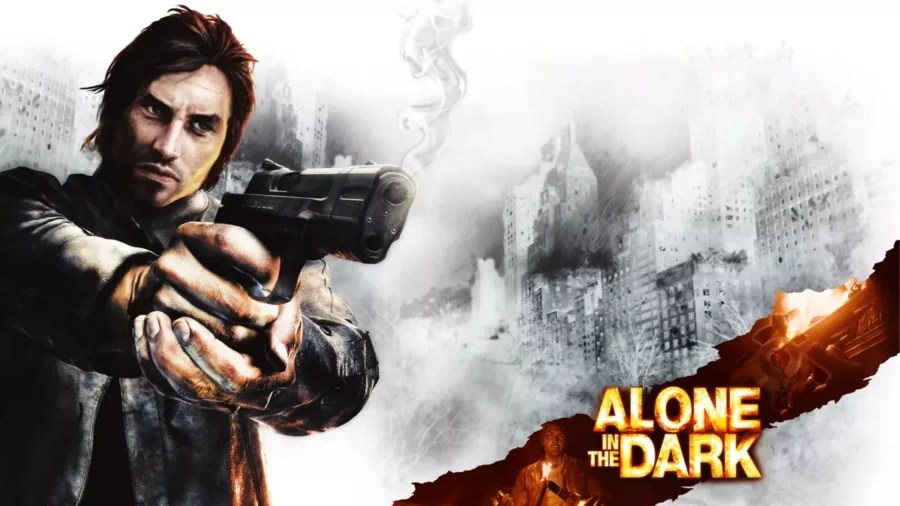
2008’s Alone in the Dark from developer Eden Games and publisher Atari can best be summed up with the word… baffling. As enjoyable as various parts of the game can be, and as ambitious as it was, 2008’s Alone in the Dark ultimately failed to stick the landing it aimed for thanks to many technical issues, bugs, and glitches. Not to mention some questionable design decisions, such as its cinematic, episodic presentation, and the ability for players to skip entire sections if they get stuck and recap them later with “Previously on Alone in the Dark…” cutscene segments.
As this is accessibility-wise, it didn’t feel explicitly necessary or in line with any of the previous Alone in the Dark titles. Neither did its interchangeable first and third-person camera rather than the fixed camera of its predecessors. While there are a number of impressive action segments and solid combat encounters — when bugs and glitches don’t get in the way, such as with the more polished version of the game Alone in the Dark: Inferno released to PlayStation 3 — the narrative of 2008’s Alone in the Dark is woefully convoluted and at various points, frustratingly hard to follow.
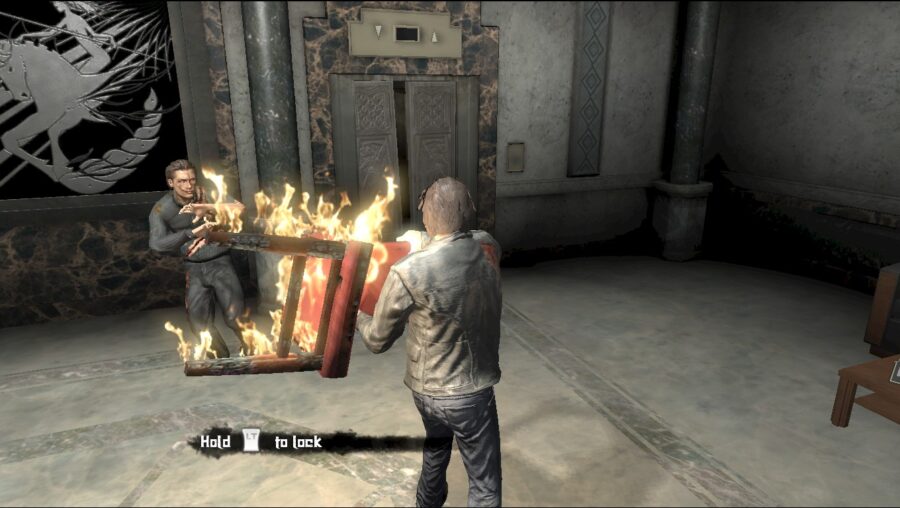
Not only because Carnby opens the story with amnesia but also the supernatural elements seemingly go everywhere and nowhere all at once. Mix everything, and you get a blend that simply doesn’t work as intended, which is a shame because 2008’s Alone in the Dark had a lot of potential. It had the right idea but fumbled it at just about every turn. But hey, at least we got a cool song and accompanying music video out of it from Tiesto for Alone in the Dark, named after series protagonist Edward Carnby.

7. Alone in the Dark: Illumination (2015)
Last, and in this instance most definitely least, we have Alone in the Dark: Illumination from developer Pure FPS and publisher Atari. While the online-only, PC-exclusive premise for Illumination was certainly an interesting one, the execution and egregious lack of connection to the previous games in the series are among the many reasons why it felt more like the final nail in the coffin for the Alone in the Dark series at the time.
For those who remember it, Illumination felt somewhat reminiscent of F.E.A.R. Online, which came out the year prior in 2014, with the previous name considered for the game being Alone in the Dark: Online. As a first for the series, Illumination was designed as a co-op multiplayer experience featuring four unique characters (Hunter, Witch, Priest, and Engineer), each sporting different builds in regards to weapons and abilities.
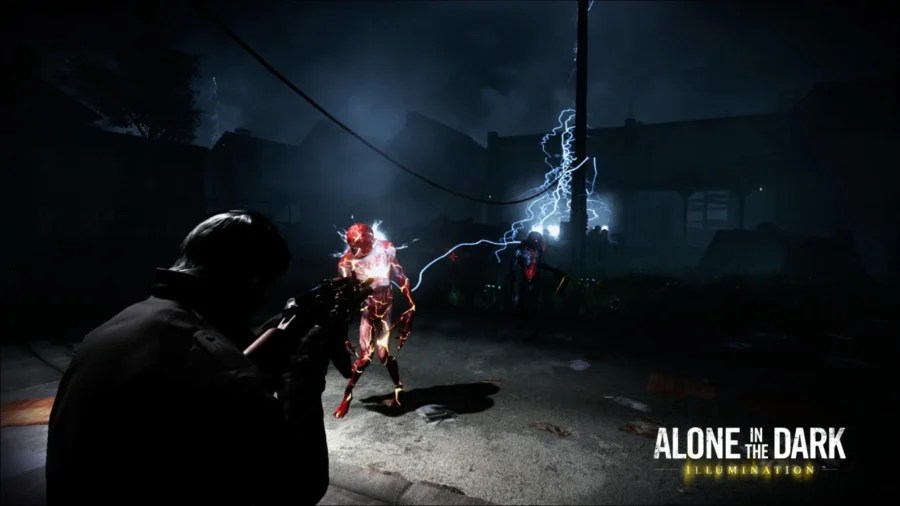
Goal-wise, up to four players were tasked with working together to solve puzzles and execute tasks like creating light sources to help ward off The Darkness, similar in some ways to games like Dead by Daylight, which was released the following year in 2016. In contrast, that sort of gameplay loop might’ve worked under better circumstances. Illumination suffered from a surprising lack of online matchmaking, a lack of communication options that would’ve been helpful for team coordination, and nothing in the way of character customization.
It also only had four levels, with each of these lasting about an hour and little in the way of incentive to play through them again. Similar to how Jack in the Dark pivoted away from the series’ roots with a focus on puzzle-solving in place of horror and exploration, Illumination deviated with its strict emphasis on first-person shooter action. The end result was a game described by many as a generic, lifeless third-person shooter with no ties to Alone in the Dark outside of its name.
At least Jack in the Dark gave us a nice intro with Grace Saunders ahead of Alone in the Dark 2. Illumination, on the other hand, gave us nothing outside of a buggy, uninteresting, empty experience. It’s not exclusively the fault of Illumination for the near-decade pause in terms of new Alone in the Dark games. Still, it certainly didn’t do much of anything to help foster new interest in the series between its launch and subsequent backlash in 2015 to now with the upcoming release of 2024’s Alone in the Dark.

Now that we’ve recapped all of the Alone in the Dark games from first to worst, the only thing left to do is keep an eye out for the latest entry in the series with 2024’s Alone in the Dark from Pieces Interactive and THQ Nordic set to release on March 20 for Xbox Series X|S, PlayStation 5, and PC.
What are your thoughts on the Alone in the Dark series? Which games do you rank as the best, and which ones do you peg as the worst? Let us know, and watch for more Alone in the Dark coverage here at Dread Central!
Categorized:Editorials

